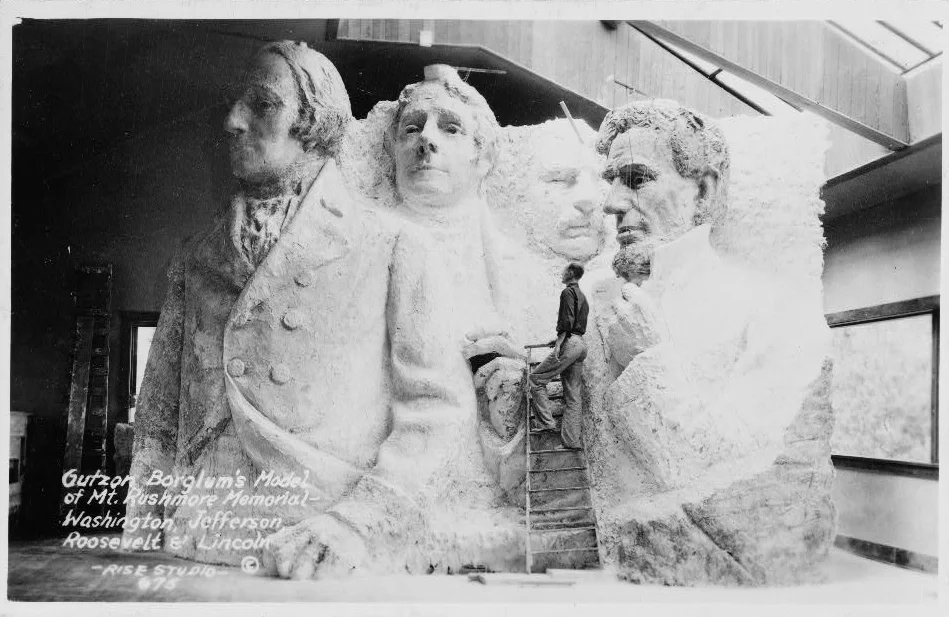The Importance of an "Angel": Kirkland at Fredericksburg
/Fredericksburg is a largely unmonumented battlefield. The most prominent monument on the southern end of the field is the “Meade pyramid” largely inaccessible to most visitors; besides that the remains of earthworks stand as a testament to what once occurred there ornamented by a few cannon the park service has placed to represent their use. There are a few small monuments scattered through the town and up to the heights which mocked the efforts of Union soldiers in 1862. The only large monuments to a body of troops, like those you would expect to see at Gettysburg or Antietam, stand in the National Cemetery, and there are only three of them. But there is one monument so large and prominent that is captures the attention of every visitor who walks down the Sunken Road, and that is the monument to Richard Kirkland.
Read More


















